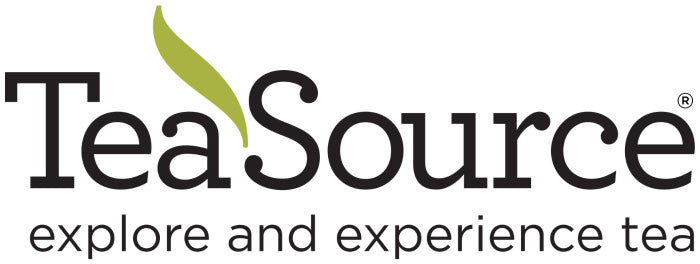
Perfect tea rows
“Are we lost?”
“Um, a little bit.”
I was perfectly okay with his response. It gave me a chance to catch my breath after the steady upward climb. Besides, the question “Are we there yet?” never crossed my mind.
I was hiking up Horse Head Rock in the Wuyi mountains with my host Daniel, fortunate to be back in China for the second time this year. There was no managed trail, just a series of paths through a seemingly endless outcrop of tea bushes (I would not exactly call these “tea fields”). I do not know who they belonged to, but the plants and the land were being actively managed.
Sometimes they are perfectly manicured rows like we so often see in photos (like the one above). Sometimes they were allowed to grow bigger and more wild (like this one).

Wild tea bushes
Our destination, Horse Head Rock, has a temple built into the base of it. According to Daniel, a single Taoist monk lives there alone. He receives no government funds. His sustenance comes from donations and what he can manage from the garden. If you enter, he might serve you tea - if he likes you. Daniel says he’s not very nice, but also expressed reverence for someone who has chosen to forgo modern life and live the most simple of existence. If he’s lying to me and this monk is living the bourgeoisie dream, I’ll never know since foreigners are not allowed inside.

Horse Head Rock
The Wuyi mountains of Fujian are famous for their oolongs known as “rock tea.” Traditional features are long, dark, twisted leaves, middling oxidation levels, and at least a light degree of baking (usually more). The best known styles of rock tea are Da Hong Pao (Big Red Robe), Shui Xian (Water Sprite), or Rou Gui (Cinnamon). When buying a Shui Xian or Rou Gui you are purchasing teas made from specific cultivars of those names. But the title Da Hong Pao is sometimes given to a tea not from one of its original cultivars and instead is meant to reflect a traditional rock oolong style. (I learned there is dispute over what is the original Da Hong Pao cultivar, nothing like a good “tea fight”).

Cupping rock oolong samples back at the office
As famous as these teas are in China, they are almost unheard of in the U.S. (only Chinese tea enthusiasts would even recognize the names). This is partially due to large demand at high prices for rock tea inside China so very little is exported. But you do not have to be a tea snob to figure out that these teas are easy to love. Though cup profiles will vary widely, the common characteristics tend to revolve around flavors we find in our holiday comfort food – citrus sweet, warming spice, and deep toasty flavors. It’s approachable enough to invite you in, but sophisticated and entertaining enough to get you to stay.
-Michael Lanner, TeaSource Operations Manager
Shop the Fujian Collection

Michael being entertained drinking rock oolongs with Daniel Hong and Liang Gui in Wuyi, Fujian, China

Comments
We’d love to join a TeaSource TeaTour/Tea/Adventure to China, India, Sri Lanka, etc. Any chance of such a thing in the future. We weekly (or more) visit ’Bill’s Desert Island’, at least in the imaginal realm.